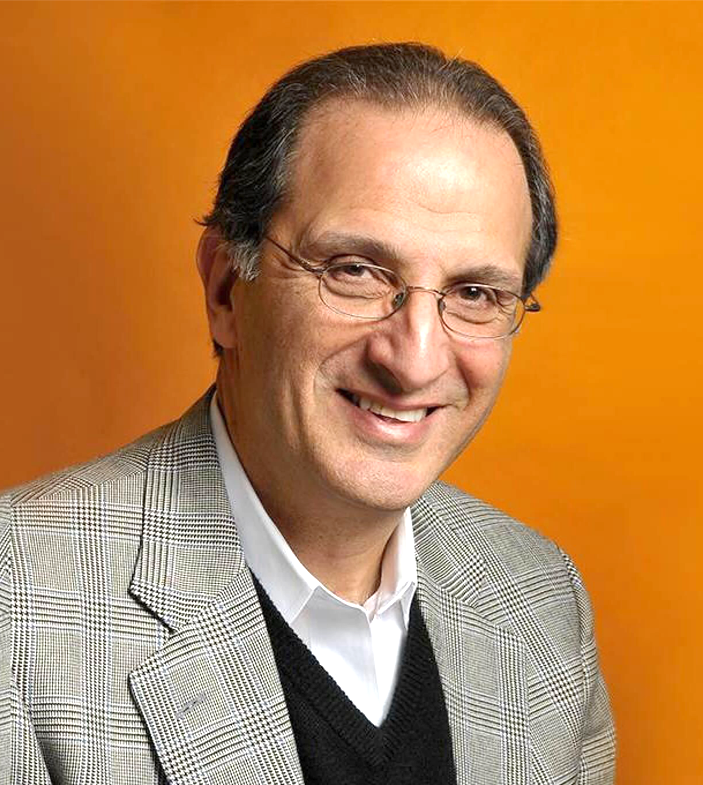Social critic Paul Goodman once offered a parable to describe the state of American higher education:
Millennia ago, there were wise people who knew many things that they were eager to share. Young people came to them and asked, “Would you teach us?” And they did. Over time more students came to learn. And after learning, there were many more wise ones able and willing to teach. The enterprise grew with more students, more teachers and more subjects to teach. It became so complicated that the wise ones hired clerks to keep track of who was teaching, what they were teaching, and which students were with which teachers. The problem today is that the clerks are running the show deciding who will teach, what they will teach, and who is qualified to learn.
The parable’s lesson is relevant to worrisome developments on US college campuses.
Israel’s assault on Gaza, following Hamas’ attack of October 7th, spawned a nationwide revolt of the young. While organised groups helped mobilise demonstrations demanding a ceasefire and Palestinian rights, the effort was more of a spontaneous eruption like other recent protest movements: The Women’s March; demonstrations in US airports after the “Muslim ban”; the student-led “March for our Lives”; and Black Lives Matter.
Like these efforts, the ceasefire/pro-Palestinian movement skewed left, was youth-led and racially, ethnically and religiously diverse. The difference was its main locus: College campuses. It began with demonstrations, teach-ins and vigils. As the war continued into the spring and awareness of the mass murder and devastation inflicted by Israel grew, along with the Biden administration’s unconditional support despite the human loss and suffering, the intensity of the student response grew as well. An “encampment movement” was born, rapidly spreading to hundreds of US campuses.
From early on, malign actors sought to silence or discredit the protestors. Charging that administrations weren’t acting to quash the protests, some pro-Israel donors and trustees at elite universities withdrew financial support.
At early protests, students on both sides sometimes engaged in hurtful or threatening behaviours. More malign actors entered the fray. A few pro-Israel Jewish organisations charged that the entire effort was antisemitic and must stop to protect threatened or excluded Jewish students. They published reports, conducted a massive press campaign and made their case before Congress. Pointing to some clearly hurtful examples, the bulk of the instances cited were not, by any reasonable standard, antisemitic.
This effort encouraged more malign actors: Republican members of Congress who found this “a perfect storm”. The cast of villains: “Elite” universities with their spoiled upper-class students, opponents of Israel and Democrats tolerating (or encouraging) disruptive behaviours.
Ivy League university presidents, summoned to testify before Congress, were badgered with misleading questions designed for media hits. After bungled confrontations before congressional committees, many presidents felt compelled to resign. Republicans smelling blood in the water went further, threatening funding for colleges and demanding more oversight. They moved from maligning the movement as antisemitic to its “supporting terrorist ideology”.
Confronted by multilayered challenges and facing pressures from donors and Congress, many universities reacted by inviting police to dismantle the protests, oftentimes using brutal force. Police arrested over 3,000 students nationwide, with widespread student suspensions and bans of several student groups.
Returning to campuses this fall, students and faculty discovered that administrators had spent the summer revamping policies on allowable protest activity and acceptable speech. The new regulations had commonalities campus to campus, leading researchers to uncover an industry of “security consultants” who’d advised on the changes.
The new procedures place limits on time, place, and duration of protests and require sponsoring groups secure permission for protest activity and, in some instances, the content of signs. Some faculty are required to submit curriculum for review (not only by administrators but by requesting congressmembers). More problematic is that these changes were made without involving faculty or student senates or established faculty/student judicial committees and deal with infractions by involving external police.
While these polices resemble McCarthy-era repression and intimidation, equally worrisome are the consequences for the future of the university. Like Goodman’s parable, the clerks, driven by fear, political pressure and donors, have engineered an authoritarian power grab, bypassing established structures of governance and have securitised campuses, restricting academic freedom and freedom of expression. And all to silence a new awakening in support of Palestinian human rights.
The writer is president of the Washington-based Arab American Institute
